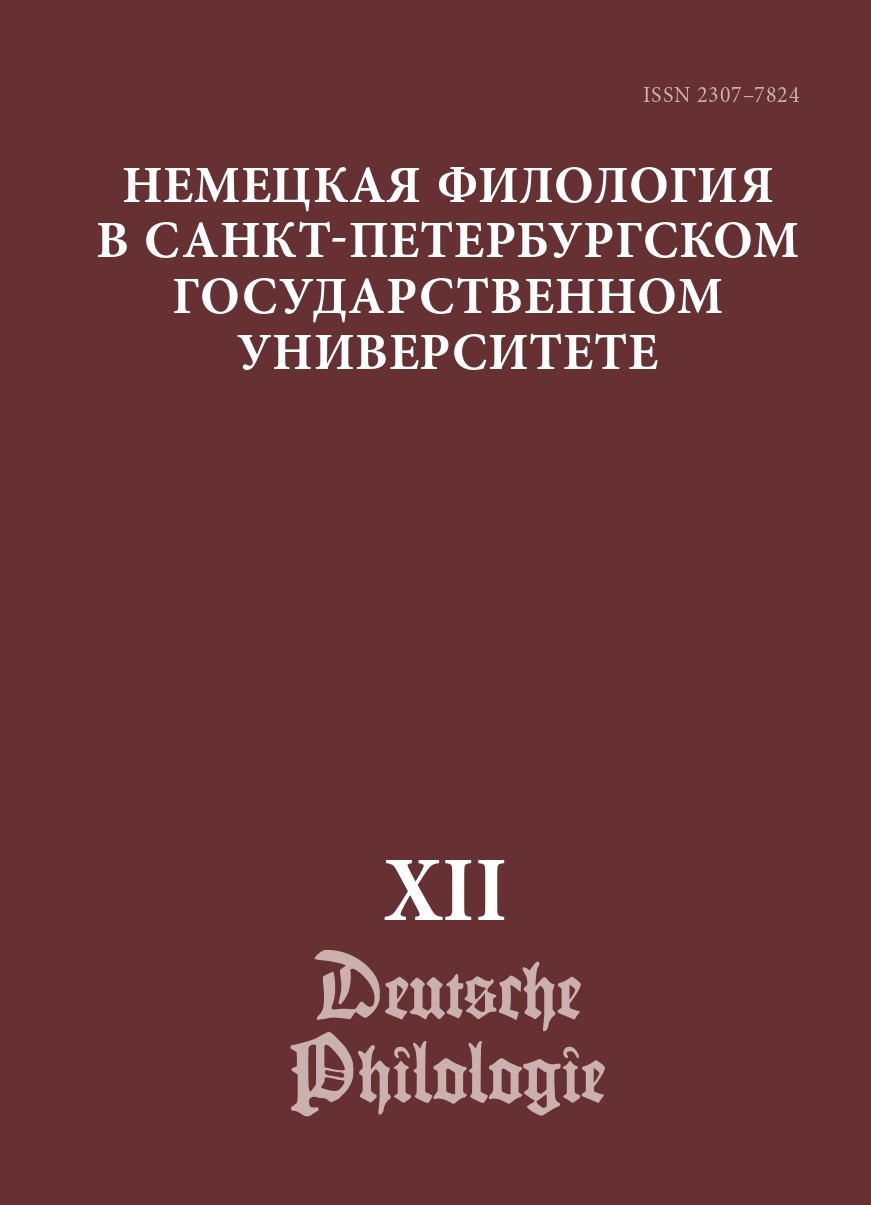REGARDING THE PROBLEM OF MULTIMODALITY IN THE SCREENING OF LITERARY WORKS
DOI:
https://doi.org/10.21638/spbu33.2022.103Abstract
This article explores the problem of multimodality through the example of films,
which are a synthesis of different modes (or codes), such as the verbal part in its combination with other components of the film text. The objects of study are motion pictures that are screen adaptations of literary works, i. e. which are based on the actual verbal texts. Therefore, the main attention in the study is comparing the text of a literary work and the film text of its screen version, especially what was included in the latter and what was eliminated, changed, or modified. This takes into account whether the eliminated components have been compensated for by other code systems and how the modifications that occur with the verbal text in the process of its screening can be argued, as well as what kind of qualitative and content reorientation occurs with the text basis when it is screened. As an example we use the screen version of the novel The Wall by the Austrian writer Marlene Haushofer, which represents the notes of a woman who survived an inexplicable catastrophe, after which she remains behind a glass wall in absolute isolation. The direct object of the study is the author’s monological speech of the main (and the only) heroine. Her language consists of a mixture of the three main classical compositional speech types (CST) of the text — description (descriptive), narration (narrative) and reasoning (argumentative). The purpose of the article is the comparative analysis of these CSTs in both works in the aspect of multimodality. The objectives of the study are: 1) identification of fragments of the film and novel texts, representing different CSTs; 2) comparison between the film text and the text of the novel; 3) highlighting the main linguistic means characteristic of these CSTs; 4) analysis of ways to compensate for eliminated fragments with the help of other modes or code systems used in cinematography. The article uses such research
methods as comparison, contextual and semantic analysis. The first study comparing the text of the novel by M.Haushofer with its cinematic version made it possible to reveal that in the process of film adaptation with the literary text-base (even when it’s
treated with care), significant transformations take place, leading to the modification of its content.
Downloads
Downloads
Published
How to Cite
Issue
Section
License
Условия передачи авторских прав на статьи и рецензии, опубликованные в ежегодном периодическом издании «Немецкая филология» регулируются условиями Лицензионного Договора автора с Санкт-Петербургским государственным университетом. В соответствии с Лицензионным Договором опубликованные материалы находятся в открытом доступе, а авторам бесплатно предоставляется неограниченные возможности их распространения и самостоятельного архивирования.




